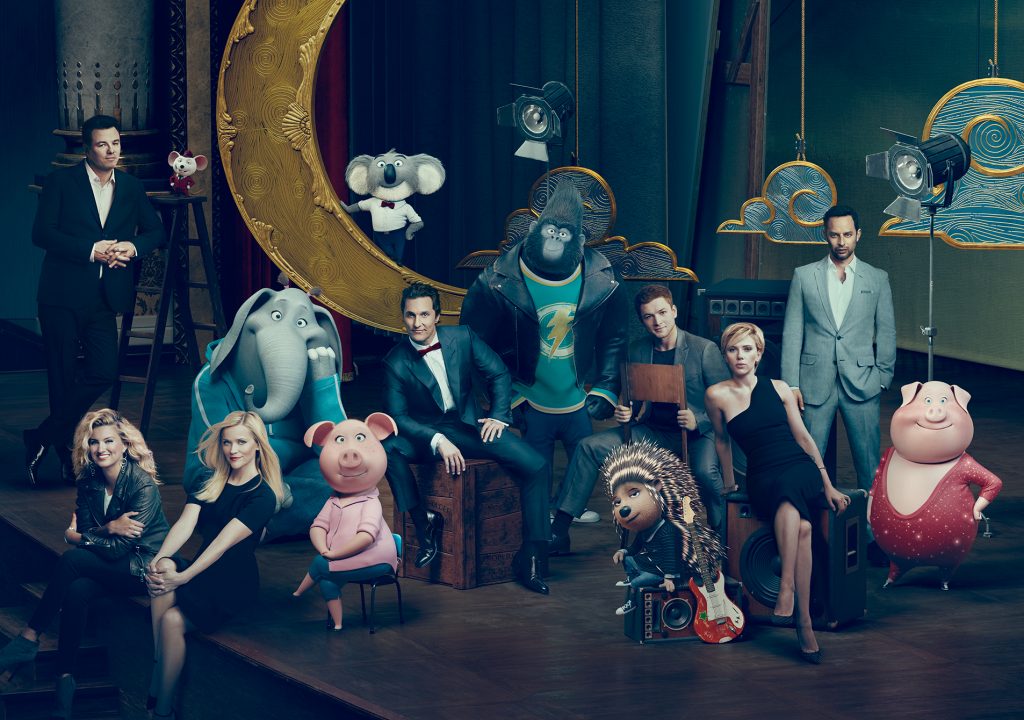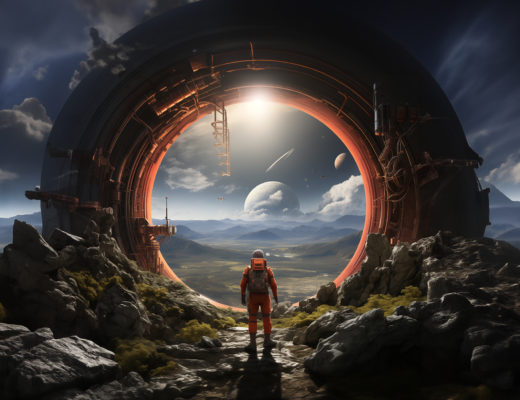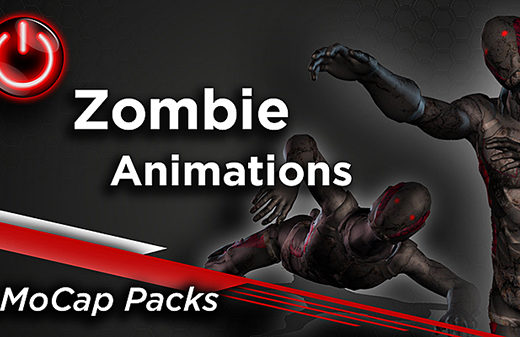Very few editors cross back and forth between animation and live action. They are – at the same time – radically different processes, that also share many common ties and skillsets. One of the few who regularly works both sides of the live-action street is Gregory Perler, ACE. Perler’s filmography includes both Despicable Me movies, Hop, Enchanted, Jimmy Neutron: Boy Genius, 102 Dalmatians, Tarzan, and Beauty and the Beast. He also edited the film that Art of the Cut called to discuss, Sing.
Many experienced film editors have no idea how the process of editing an animated movie works. With Greg Perler situated between the two worlds – with many top animated films to his credit – it seemed like the perfect time to shed some light on a fascinating world that very few know. My own editing background includes 2 years at Big Idea Productions during the production of their animated feature film, Jonah: A VeggieTales Movie. I was not the editor on that project but was originally brought to the company as the potential post production supervisor on the film and their TV pipeline. I eventually morphed into more of a producer there, but was intimately familiar with their post process for 3D animation and directed and produced several projects for the studios. That background gave us a common experience and language to discuss how this little-known craft works.
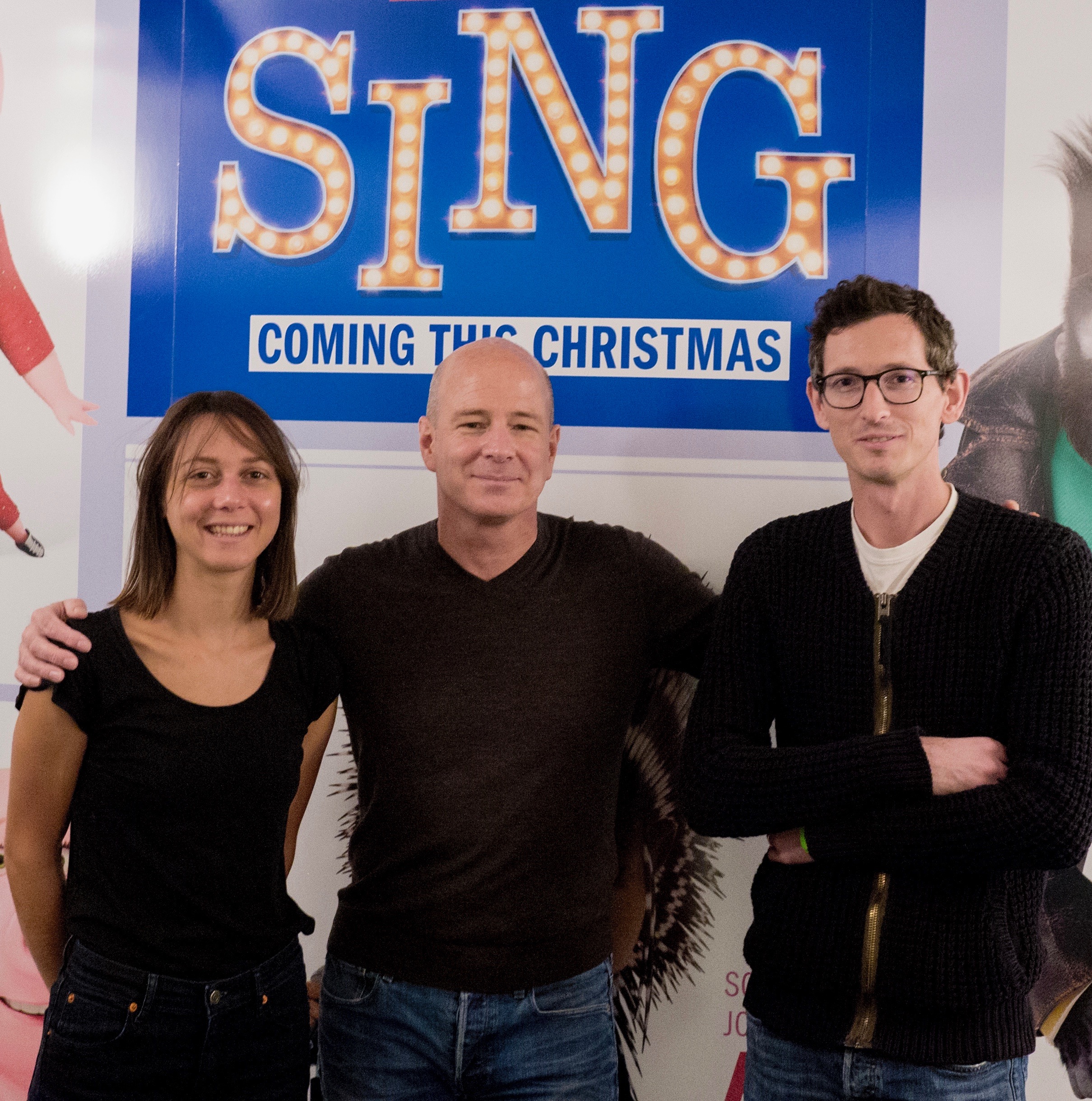 L-R is assistant Fanny Bensussan, editor Gregory Perler, first assistant Tom Walters. Not pictured are Andrew Walton (associate editor) and Drew Kilcoin (assistant editor).
L-R is assistant Fanny Bensussan, editor Gregory Perler, first assistant Tom Walters. Not pictured are Andrew Walton (associate editor) and Drew Kilcoin (assistant editor).
Hullfish: Do you have an animation editing background or live action background too?
Perler: I have both. Although, when I graduated from film school – which was NYU in the mid-’80s – the first jobs I got out of school were in animation. For me, to be a feature assistant editor in New York was really hard to crack into. I just had a very hard time. But I always loved animation. I don’t know how to draw. I know nothing about it, but I also loved film running through my hands. I was hired by an animation director named Michael Sporn, who had his own small animation studio. He was making stuff for both for the children’s television workshop, which was like Sesame Street and he also adapted children’s books into, short films, usually around twenty or thirty minutes. He emulated the drawing style of whoever illustrated that book. So it was basically like a narrated version of that book with some character voices. He always had great actors, and that’s what I first started doing. In 1990 I went to LA and I worked for Disney. They had just had success with The Little Mermaid and they were starting up their version of Beauty and the Beast and the editor needed an assistant. And I went out and met him and was hired.
Hullfish: Wow that’s good.
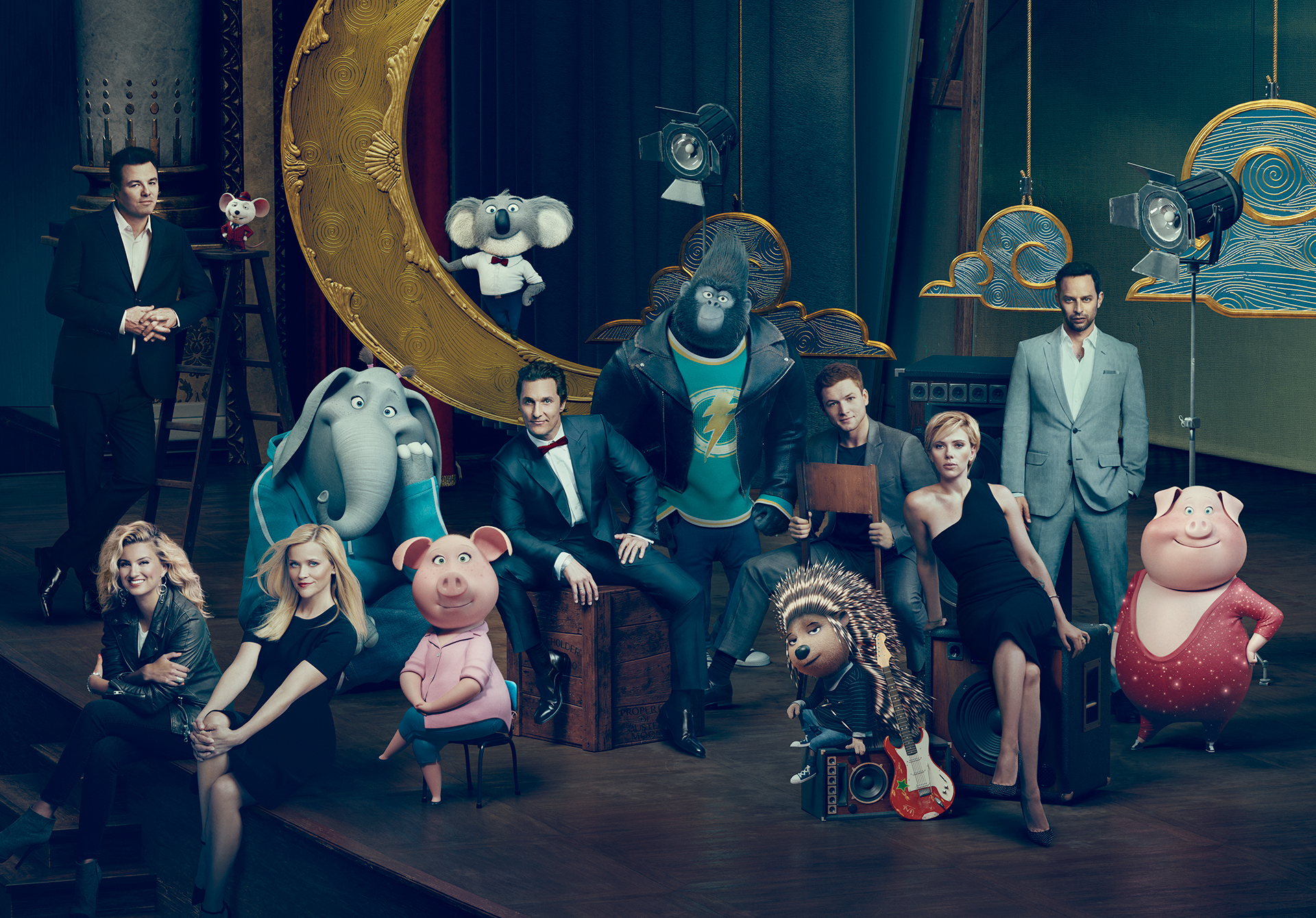 Perler: And so my first time editing animation in the big leagues was Beauty and the Beast. Finding live action work was often difficult because people saw me as an animation editor. But luckily one of the directors that I hooked up with early on in Los Angeles was a guy named Kevin Lima. I did two animated movies with him, and then when he got to do his first live- action film, he hired me. And that was 102 Dalmatians. It was a sequel to the live action a 101 Dalmatians that came out at the end of like the ’90s.
Perler: And so my first time editing animation in the big leagues was Beauty and the Beast. Finding live action work was often difficult because people saw me as an animation editor. But luckily one of the directors that I hooked up with early on in Los Angeles was a guy named Kevin Lima. I did two animated movies with him, and then when he got to do his first live- action film, he hired me. And that was 102 Dalmatians. It was a sequel to the live action a 101 Dalmatians that came out at the end of like the ’90s.
Hullfish: Yeah I remember that.
Perler: And then he did a couple of movies, these really great, I think slightly under- appreciated Eloise at the Plaza movies, for ABC. They were two feature-length television films. And then I did Enchanted with him, but in between, I was doing other animated movies too. I was hired about halfway through Jimmy Neutron, and then with Aardman on their feature film of Wallace and Gromit. I did some television, like the first season of Royal Pains. Kevin’s latest project had stalled and I got a call to go to France to do finish Despicable Me when the original editor left. Then a hybrid movie with the Easter bunny called Hop. Then going from Despicable Me 2 to Sing, which was the first time that I went from one animated feature directly to another animated feature without anything in between. Finishing Despicable Me 2 was really hard and so I wasn’t really sure about Sing, but then I met Garth Jennings, and he’s just so incredibly wonderful and he’d never done an animated movie before.
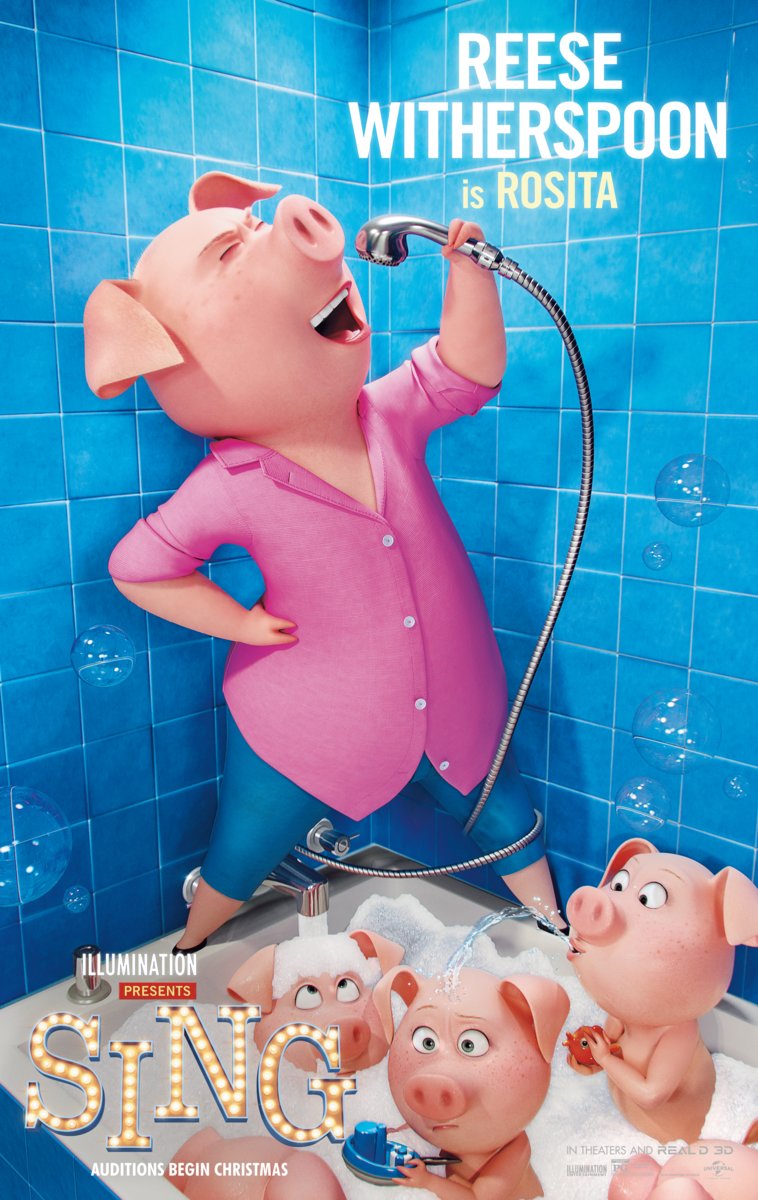 Hullfish: I’m fascinated by the number of live action editors and live action directors that get hired to do animation because it seems like such a specialty and something you really need to know about beyond just being a director or an editor.
Hullfish: I’m fascinated by the number of live action editors and live action directors that get hired to do animation because it seems like such a specialty and something you really need to know about beyond just being a director or an editor.
Perler: I think you’re right. I think that the first big thing is patience because the process is so long. I think Sing was exactly three years. When we did Despicable Me 2 that was a sequel so it was only two years.
Hullfish: Because a lot of the design was done and they knew the layout and they knew the lighting, right?
Perler: Yeah. They had many of the assets built. But despite the longer schedule, Sing was easily one of the smoothest jobs I’ve ever had. It was a treat.
Hullfish: The people that read these interviews are usually live action editors and I don’t think many of them understand the process of editing animation because a lot of the choices are made before the expensive part, production or the animation starts.
Perler: So, to start, the sequence is storyboarded. I have to get these individual storyboard panels that emulate the internal movement within each shot. Obviously, because it’s storyboarded there are cut points that are predetermined by whoever storyboarded it. So the very first thing that happens is that you time it out in such a way that it feels visually digestible, understandable and hopefully entertaining. You don’t have a cast yet, so usually, the director or the storyboard artists or the writers provide temporary voices and you cut that together. If you don’t have the storyboards yet, you cut the dialogue together as a radio play and you try and create a sense of believability that these people are all in the same room together when they were never recorded together. Then you work with that and massage that with the storyboards in order to get the scene to play as well as possible. I save that version and then I talk to the director and the storyboard artist about additional shots or actions or expressions I don’t have. It’s incumbent upon me to try to articulate the thing that we as editors normally just do as a feeling; now I have to say why it is, to a group of people. I’ll just say “let’s extend this shot” or “I’m going to use this close up here, but I’m going to use it later, but please change the acting because the context is different now. He shouldn’t be as upbeat. Maybe he should be more quizzical, or whatever is more appropriate to this new place I’m going to use it.” And you do that, slowly, one scene at a time, and then those scenes get added up into acts and reels, then they’re reviewed internally. Then revisions are made based on those storyboard reels. Most of the time those revisions really involve writing more than they involve something visual. I remember someone describing it as being more of a theatrical production where people go and act out the thing, try it out see how it plays in real time to get a better gauge about what the writing needs to be doing at that given moment.
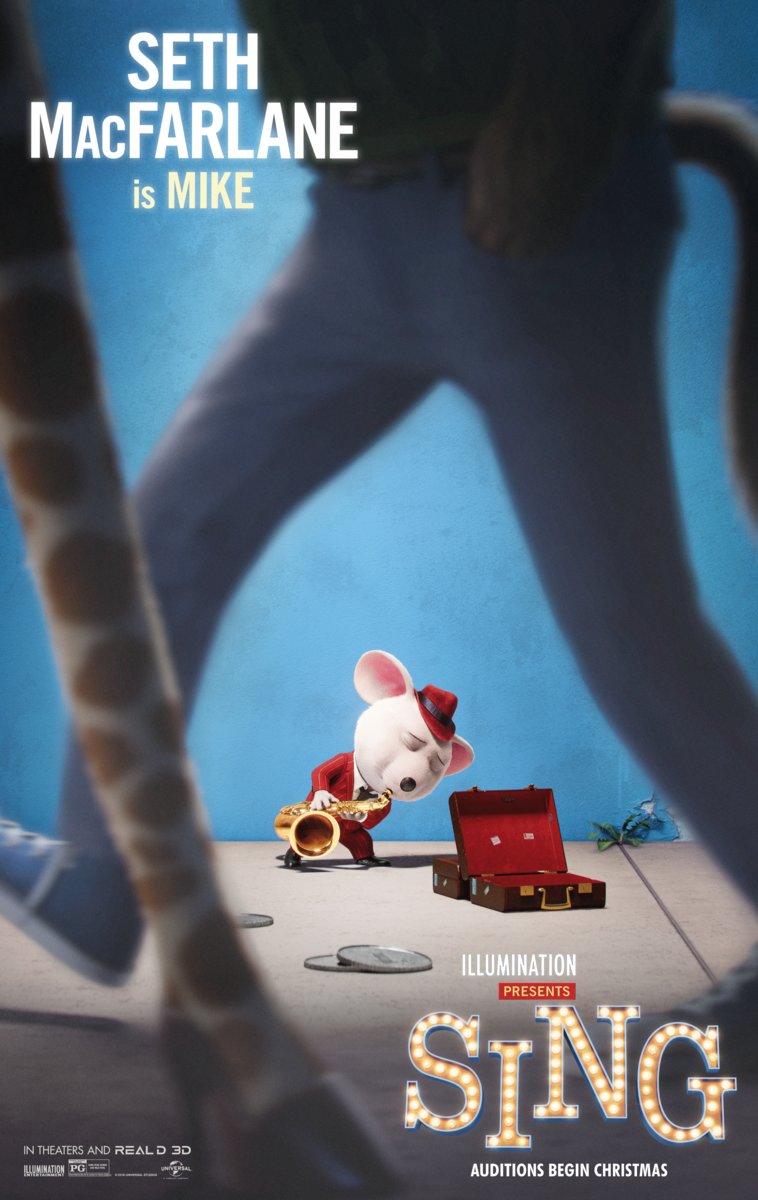 Hullfish: Animation editing is a very work-shoppy kind of process.
Hullfish: Animation editing is a very work-shoppy kind of process.
Perler: Workshop is a great way to put it. Part of my job is to maintain the things that we know work because a lot of time things can change and they have a ripple effect and they may do collateral damage.
Hullfish: It’s a very iterative process right? I mean, you, you do these things and then you do them again and you revise them and they’re trying to make the perfect movie before any large-scale cost happens.
Perler: Yeah and they kind of want to know what they’ve got. The storyboard artists at Illumination / MacGuff are so good. If you’ve got a bunch of still drawings and some scratch dialogue from the crew and some temp music and some sound effects and that scene is successful, even if it’s just hobbling along, you know at least you’re on the right path.
The good thing about Sing is that Garth worked on the script for almost two years prior to coming to Paris and having the storyboarding start. So, with his live-action sensibility, I frankly saw it immediately, his writing of where the scenes started and stopped were great. He came in as late into the scene as possible and got out as soon as possible so he already did a lot of that work for me. It’s an ensemble film so we’re constantly checking in with these five or six or seven characters. He didn’t write each scene to have that beginning, middle and end that gave it, sometimes when you string all that together it really has a very unpleasant taste of like “sequence-itis,” if you know what I mean. So thank goodness for his ear and his rhythm that he gave the script, ’cause I recognized it when I saw it and it made our lives so much easier. Usually, I don’t want those entrances and exits.
Garth has a French co-director named Zebe Lourdelet and he is a great storyboard artist and occasionally I would ask for a character entering or exiting a frame if we didn’t get it, and he would see the screen and say “I can’t believe you made that character leave and enter the frame there. We always used to give you those and you never used them so we just stop doing it.” I said “But it’s like any other kind of editing. I may not use it today but I may use it some other time when the need is presented.
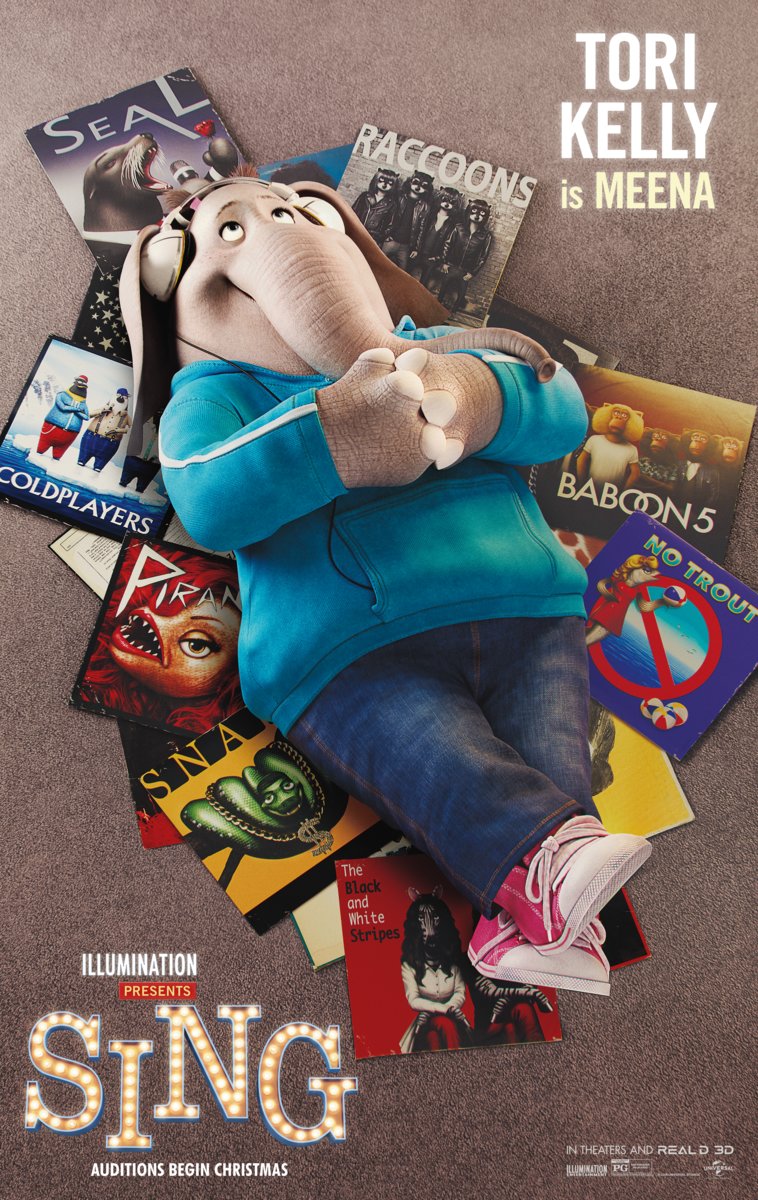 Hullfish: Can you remember a specific reason why you decided you wanted those additional moments? Was it that you wanted a little breath or was it that you needed a moment for the audience to think?
Hullfish: Can you remember a specific reason why you decided you wanted those additional moments? Was it that you wanted a little breath or was it that you needed a moment for the audience to think?
Perler: You’re right. It really has to do with punctuation, or if we’re going to do these leaps in time and space with a character, you know, walking across the room, especially one with really little legs, it just helped to have a clean exit frame, even though he’s still talking and the talking doesn’t stop. It was always just to allow that join to work better.
Hullfish: Two things that makes me think about: One is the idea of keeping a character alive, which I’m sure you know what I’m talking about: with so many characters that you have going – multiple storylines – you don’t want to be away from one of them for too long.
Perler: That’s true.
Hullfish: Was that a lot of what you were trying to do structurally as you were editing?
Perler: Yes, but not as much as you might think. There are a lot of characters to juggle in Despicable Me and I know that a lot of times we would try, for example, to emphasize one of Gru’s daughters over another and then have to compensate for that at a later point. I think in this case when it’s a new film like this, you’re trying to figure out who demands the most time. And we did have that – we had major scenes, dramatic scenes where it was written to have a certain narrative beat effect. The lead character, Buster, during a conversation with someone that was supposed to motivate him to do something. We would storyboard it and record it and look at it and it was all great… and then over time realize that it really would be better instead of her doing it if this other character did it. And why is that? We redid it to – like you’re saying – to keep that character alive at that point and to give them more emphasis. Garth often sits in my editing room with his laptop to write his revisions directly to the existing scene.
Hullfish: Before we move on to the next part of the process I wanted to ask you about imagination, because for me, a lot of being an editor that has to deal with these storyboards is imagining how long it takes to do something. Are people actually doing animatics for you or are you working truly with a static storyboard?
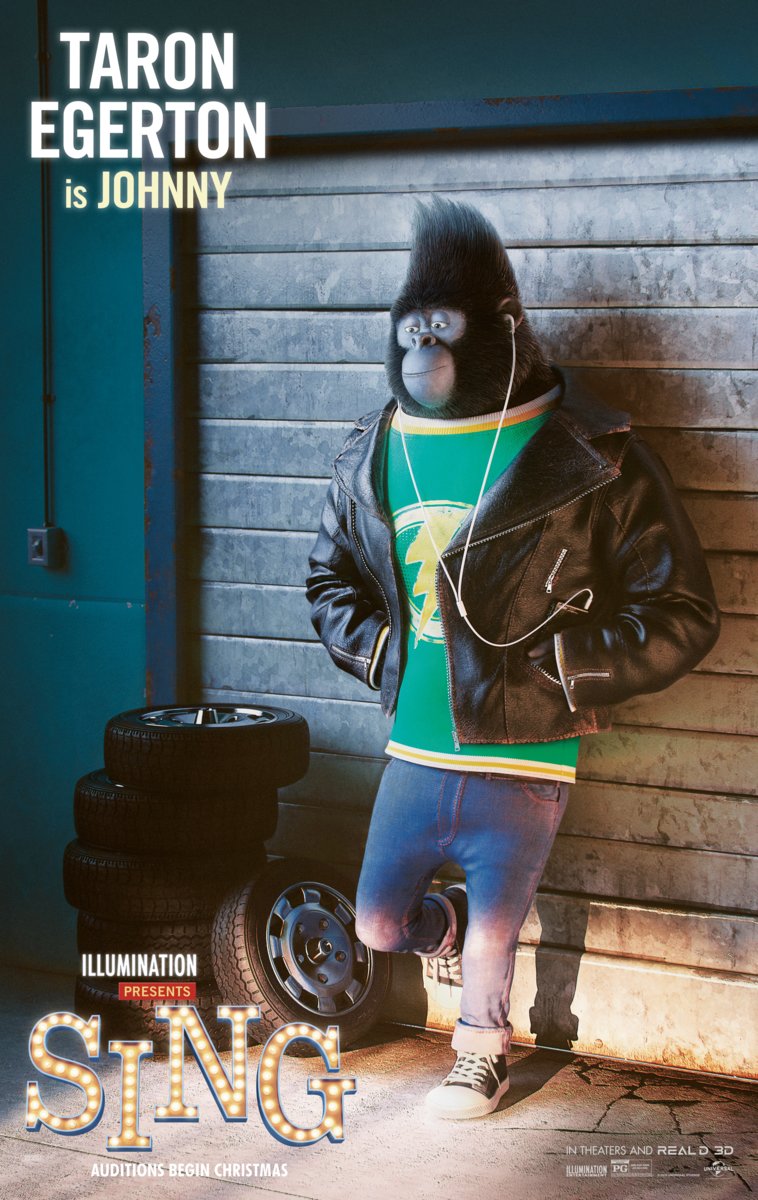 Perler: I’m using just the storyboards. The artists tend to overdraw a little bit sometimes so it almost is animated. Some of the storyboard artists are so thorough in their posing it’s really quite amazing. It’s just a series of drawings, and I have to use my imagination to get it to play in a way that feels right to me.
Perler: I’m using just the storyboards. The artists tend to overdraw a little bit sometimes so it almost is animated. Some of the storyboard artists are so thorough in their posing it’s really quite amazing. It’s just a series of drawings, and I have to use my imagination to get it to play in a way that feels right to me.
Occasionally, there will be a thing like “Ooh, he reaches into his pocket to pull this thing out but I didn’t see it because it happened too fast.” Now I have control of that, you know? In the next step of the process, there’s no acting, it’s all very, slightly robotic. The faces that the storyboard artists give us are so expressive and so wonderful and they do so much of the work.
Hullfish: Right. Before we move onto that next step I want to still talk about this imagination, and you kind of mentioned it or got into it when you were talking about pulling something out of your pocket. You’re looking at still images and even if you got a little series of them – like you mentioned somebody with really little legs walks offstage you – you don’t have somebody literally walking offstage, you’ve got, you know the guy standing in the middle of the stage and then maybe a still frame of him a quarter of the way off stage and then half of the way off stage and then an empty stage, right? So you’ve got to imagine in your head, how long, is it going to take for this guy to walk out of frame.
Perler: That’s right, although the only thing I would say that’s different is that the storyboard artists that I work with here will literally do, left leg forward, right leg approaching, right leg forward, left leg back, left leg coming forward – they’ll actually do a cycle and physically move him across the thing so that I have the flexibility to do it the way you were talking about, which I have these big leaps forward or to do it really fluidly, you know, and that’s sort of what reveals to me just by watching it, that feels right, that amount of time actually feels right.
Hullfish: And are they doing those walk cycles in a way that you’re able to key them over a different background?
Perler: Yes, that’s true too. It almost always works that way, but you’re right, sometimes you have to have them as an alpha channel that you can manipulate over the background.
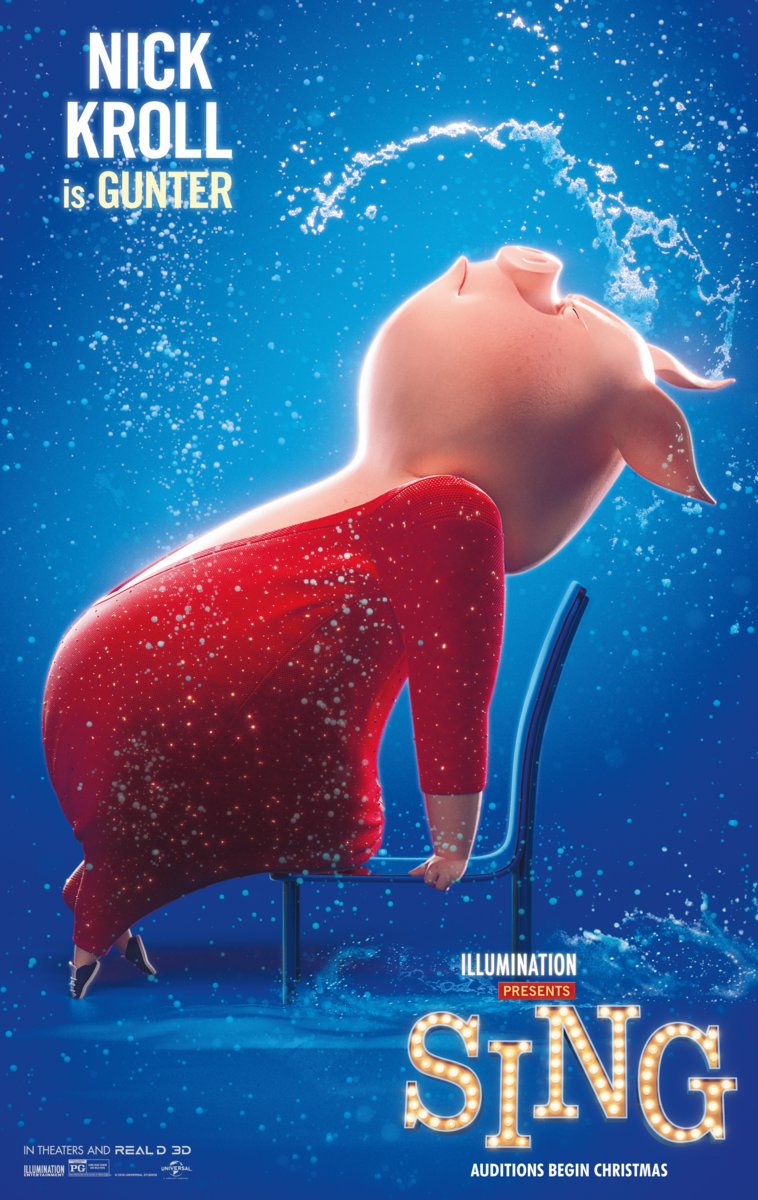 Hullfish: The imagination also has to do with the speed of pans and the speed of somebody turning their head or an expression happening and obviously you’ve got a lot of those expressions but you’ve got to leave room for an animator to realistically get someone from one acting state to another.
Hullfish: The imagination also has to do with the speed of pans and the speed of somebody turning their head or an expression happening and obviously you’ve got a lot of those expressions but you’ve got to leave room for an animator to realistically get someone from one acting state to another.
Perler: That’s true.
Hullfish: With these very complete storyboards, you’ve got a very acted, kind of personal film. And then the next stage, when I was at Big Idea we called it the “layout stage” which was, “Okay now we are going from just storyboards to the actual 3D images” so you kind of get a sense of “Oh here’s a 3D character in a 3D environment” but it’s all stilted and there are no expressions, you’re almost going backwards right?
Perler: Right. We do have that step and it’s a very necessary step. It’s a step that’s hard to watch but it’s necessary because it translates what the idea is in 2D space into what can actually be done in a 3D world with those sets that have been done and those character proportions that may have been cheated a little bit in storyboards. It’s very necessary. At end of Sing there’s a big show with several different musical performances and just by definition, the layout department could offer so much more in terms of dynamic camera moves and staging that had to be taken advantage of.
Hullfish: It’s been 15 years ago since I did this – when you’re adding this layout video – you’re laying it over the storyboards on a second video layer in the Avid, right? So storyboards stay on v1 and layout goes on v2?
Perler: We lay it over, but basically we never really watch those original storyboards again.
Hullfish: Right but you need them there so that you know what you’re doing and where you’re coming from. So talk to me about that process. Technically you start getting in these layout images, which are Quicktimes right or some kind of video file?
Perler: Yes.
(Greg and Illumination delivered a video showing a small portion of a scene with each iteration of the animation process from Storyboard to Layout to Rough animation, to final lit animation.)
I took those four passes and split them in a quad so you can see them at the same time.
Hullfish: And now you are cutting Quicktime files onto v2 over the corresponding storyboards of these kinds of robotic 3D environments, like instead of walking the person might just kind of slide. Right?
Perler: Exactly. And what sometimes happens is there will be length changes between the storyboards and the layout. Let’s say I have an assistant cutting these in. I always ask that the audio tracks be opened up to accommodate the full length of the layout going end to end. The reason I do that is because I like to see that, if there’s like a gap-toothed quality to where they opened it up, sometimes you say “okay, that’s fine, the artist needed another eight frames to walk off here and nothing’s really happening.” But sometimes it happens right in the middle of an exchange of dialogue and I then I just have to basically say “No, we can’t accommodate that and we can’t let this characters finish his line on camera. If the layout department felt like this character really needs eight more frames to walk from here to there and nothing else is happening and you know sonically it’s not going to throw it off, then let’s do it. But if they add eight frames between two close-ups and it’s an exchange of dialogue, that means that the dialogue is happening eight frames later and we can’t do that. It may look okay but it doesn’t make any sense to the ear.
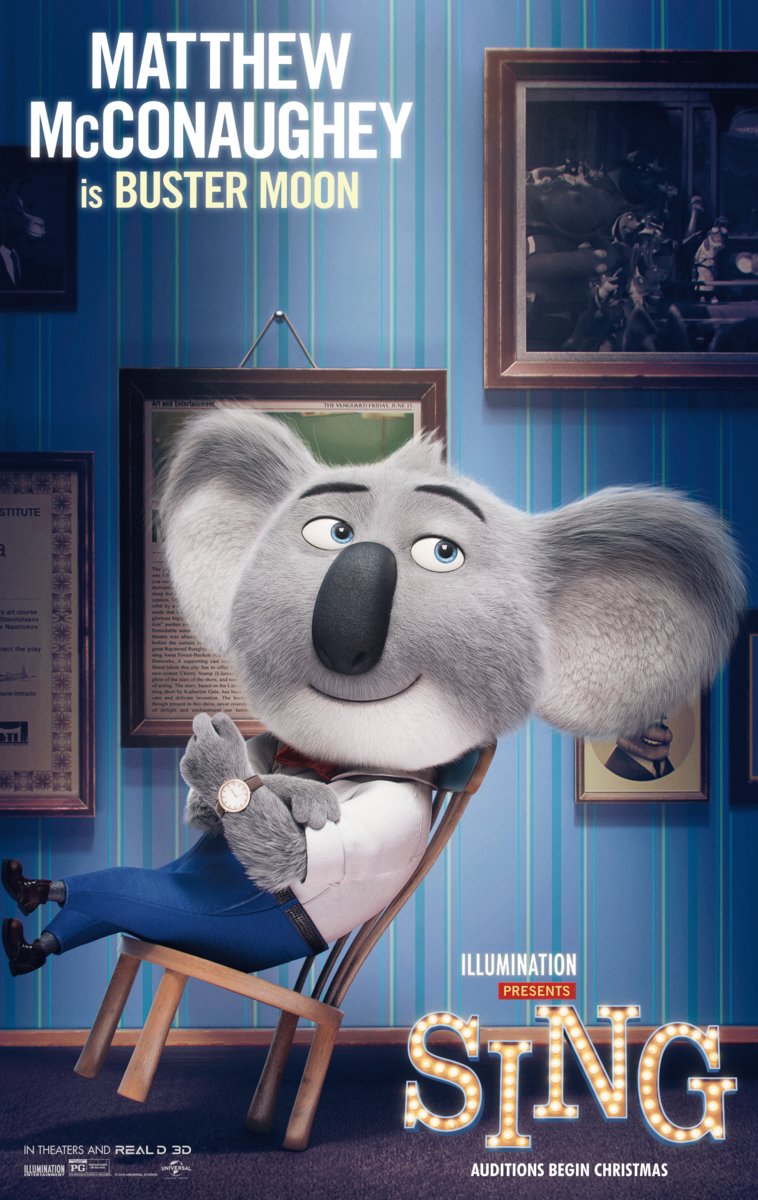 Hullfish: Because it screws up the rhythm of the dialogue.
Hullfish: Because it screws up the rhythm of the dialogue.
Perler: Exactly. The only way I know how to edit is to be able to react to something. The difference between live action and animation is that when I’m editing a live action movie I am reactive, meaning I’m seeing daillies, things are happening, people are talking, they’re moving through time and space, you react to what you’re seeing and you make choices based on those reactions. With the same scene in animation, all you can do is act, you’ve got nothing to react to. You can act, and make something out of it and then react to it, but that initial reaction is gone. The closest thing you have to it is a really good dialogue recording session with an actor who may go off script or bring something to it in readings that you never expected. Then you can react to that, but that’s half the story isn’t it? There’s nothing visual about that.
Hullfish: So sometimes when you jump from storyboard to layout, timings of your edits are necessarily changing.
Perler: That’s, that’s right.
Hullfish: Interesting. Let’s move onto the next step. So you get this layout where characters slide instead of walking and nobody is really reacting and then the next step is kind of a rough animation that isn’t lit. Correct? Would that be your next step?
Perler: Correct.
Hullfish: And then you’re cutting that over the layout reel on another layer and also having to react to now having characters walk and seeing them turn and seeing them act a little bit.

Perler: That’s right and not only that, at this stage, obviously, the real voices have to be in. So let’s say, in the meantime, if it’s two characters, both of them have now been cast. Then I would have to go back and cut the new production takes into whatever the iteration was at the moment when it was recorded – it could be the story reel, sometimes it could be the layout reel. Obviously, it’s easier to go into layout if you have the production dialogue. And so we would have to get those voices in and that may change the timing. I know that Matthew McConaughey – who did the lead – even when he’s talking at his fastest – it was always a half a second or something longer per sentence. So that makes changes within individual shots, let alone the sequence, getting that new dialogue in. And all that has to be approved so that it can go into animation. At this point, there shouldn’t be too many surprises because you’ve lived with production dialogue enough. You’ve gotten a sense of what the energy is within the scene as much as you can from those layout shots. It’s really just the energy and the acting and the new infusion of the real actors that lifts this new iteration. The confusing thing about watching the movie at this stage is that sequence two might be in layout, sequence three goes back to storyboards, four is like a mashup, a marbled mashup of storyboards to layout and that’s kind of the piecemeal way that the reels sort of come together. It’s really a learned skill I think to be able to watch at this stage because the visuals are so wildly different from moment to moment.
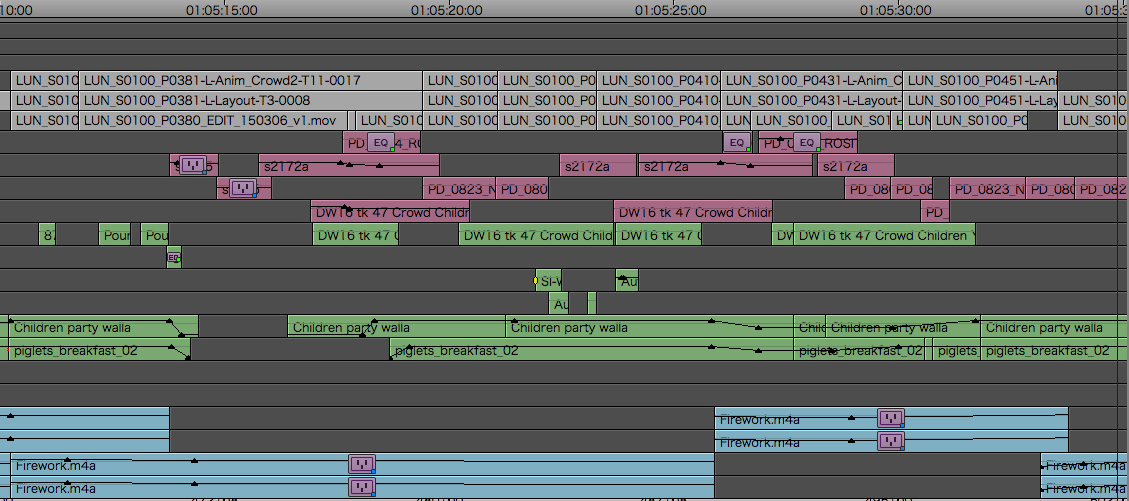
Hullfish: So are you changing your sound effects and temp music?
Perler: There are sound effects and temp music added at the very beginning in storyboard editing because that’s one of the few tools I have in my toolbox to do that thing where I try and trick the viewer into forgetting that there’s no movie yet. So, sometimes, yes, those sound effects have to be updated as it goes from storyboard to layout and layout to animation. I try not to go too crazy with Foley and footsteps and stuff like that unless it really is crying out for it because it just becomes an awful lot of work, and sometimes you can sonically overwhelm the picture. It can feel like there’s an imbalance.
Something I didn’t expect to take so much personal pleasure from on this film is – because there are so many songs in the movie – there’s so little temp music. I love movie music, I love movie music more than anything and so I’ve always liked and enjoyed putting it in movies. I loved how little temp score I had in the film and then as a result in the final, obviously, there is score, but there’s not nearly as much as there would be on say a Despicable Me 2 or Minions or Secret Life of Pets.
Hullfish: So at the point, you’ve got the revisions made and the little tweaks that you need to do timing wise. At that point, when you get the next pass of animation, what is it you’re doing to justify your salary? (laughs)
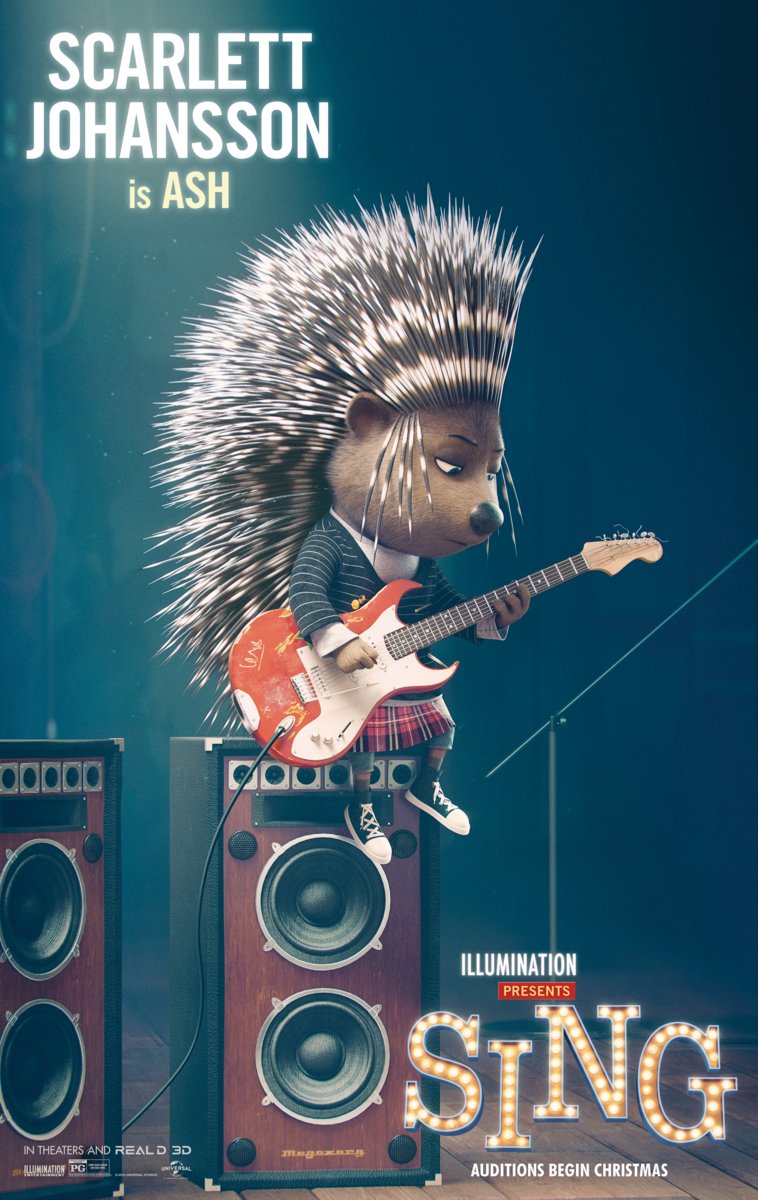 Perler: Hopefully nothing. But don’t forget, Steve, that just because the final lit version is coming in for this shot in scene two, I’m still working on scene twenty-seven and scene twenty-eight which are being rewritten. So basically my assistants would import the shots that day, they would get them in the morning and then we’d look at them all strung together and then they would be the ones putting them in the reels because, again, at that stage, there should be no surprises waiting for us. Maybe that has to do with the budgets on the Illumination movies which are considerably lower than those of a Pixar or Disney feature animation, and maybe there are bigger changes that happen in the lighting stages there that require an editor’s attention, but for these movies, there shouldn’t be anything at all.
Perler: Hopefully nothing. But don’t forget, Steve, that just because the final lit version is coming in for this shot in scene two, I’m still working on scene twenty-seven and scene twenty-eight which are being rewritten. So basically my assistants would import the shots that day, they would get them in the morning and then we’d look at them all strung together and then they would be the ones putting them in the reels because, again, at that stage, there should be no surprises waiting for us. Maybe that has to do with the budgets on the Illumination movies which are considerably lower than those of a Pixar or Disney feature animation, and maybe there are bigger changes that happen in the lighting stages there that require an editor’s attention, but for these movies, there shouldn’t be anything at all.
Hullfish: Well you bring up an interesting point because one of the things you mentioned was that Illumination is good at planning the timing of these things. For someone that hasn’t done animation editing, you’re trying to keep a pipeline going right? From beginning to end. So, they don’t want to wait until you’ve got the entire thing storyboarded to start the next phase or the entire thing laid out before you start the next phase. They want to go “Hey, we need some animators working. We need scene twenty-seven and then you can worry about scene twenty-eight and twenty-nine later. So, in other words, all of these processes are not 100, the whole thing is always in a constant state of flux until you finally fill in that last shot.
Perler: That’s exactly right, and even when we previewed in July we had the opening animated but we didn’t have the first two or three minutes fully lit yet. The beginning had been beautifully storyboarded so instead of starting the movie for a preview audience with kind of crude, un-lit animation, we started with the storyboards instead, and hopefully that recalibrates the audience’s eye and their thinking about what’s coming.
Hullfish: And as you mentioned, the emotion that is present in a storyboard is sometimes way better than the emotion of some more supposedly developed part of the animation for a scene.
Perler: Right. And even if it’s not necessarily emotion but, say, comedy… I remember in the first Despicable Me there’s a minion who drinks an anti-gravity fluid and then he just floats up in the air. It’s the beginning of a scene and you never see him again after that scene. It’s a little joke and it’s very funny, it’s a one-off joke. But I remember the director saying “well we should check in with that guy occasionally, throughout the movie.” So when there’s a wide shot of the house, we added the little minion floating above the house with the empty vial. And then in act three when Gru is rocketing through space the director said, “we should just cut to the minion floated in space first” and I’ll tell you, even in storyboards, it just brought the house down. They, the audience, as soon as you just cut to that minion with the vial and it’s storyboarded but the ship just rolls by and just misses him, it got just as big a laugh. The idea represented in that storyboard communicated as much as the final animation did.
Hullfish: Final question: any advice for those crazy live action editors that might feel like they want to try animation? I liked one of your pieces of advice at the beginning that was: patience.
Perler: You know how some people say that, when they’re doing something creative, that they embrace boundaries or they embrace the limitation of things? It seems counter to animation. Animation is: anything can happen. You can ask for anything and get anything. But it’s not necessarily like that, the reason being: then you would have creative chaos. So I would say that if you think that it’s an easy editing process because anything is possible and you can ask for it and get it, that’s not necessarily an advantage, number one. Again, that other old editing saying, “It’s not about what you’re cutting out, it’s about what you’re choosing to put in” is very apt for animation. And I think it also can be frustrating for editors who are used to live action because unless you really love the iterative process and you love to see still drawings come to life, the way I do, it could be a very taxing and tedious process. Also, the schedules on some of these movies used to have sort of peaks and valleys in a three-year process. I don’t think it’s that way anymore.
Hullfish: Interesting
Perler: I think there’s a lot of peaks one right after another.
Hullfish: Let’s talk about some specific scenes the readers can look at now. Can you tell me about this scene?
Perler: This is an example of the Layout Dept improving the story reel, which had Buster and Ash full frame the whole time that they dance. But they added that incredible 360 tracking movement which also feels like each character has a closeup as well, all with no cuts.
Perler: For the scene above, Gunther’s punchline, which always gets a big laugh, was not scripted. I suggested the “yes, I’m fine, thank you” to Garth while we were editing the scene and he recorded it as a temporary line. Then Nick Kroll took it further during his production dialogue recording session with “how are you?”
Perler: In this scene, this final version follows the storyboard and layout versions exactly. After the first preview, however, I made a trim pass at the first 10 minutes of the movie so I cut out a few shots that showed the getaway truck backing up and making a fast 3 point turn before heading toward the rhino cops.
Hullfish: That’s so cool. I have thoroughly enjoyed talking to you.
Perler: Thanks, Steve I really appreciate it. You know I don’t get to articulate this process a lot so it’s very helpful for me to try and grab these thoughts that are in my head and present them to you. Thank you.
To read more interviews in the Art of the Cut series, check out THIS LINK and follow me on Twitter @stevehullfish.

Filmtools
Filmmakers go-to destination for pre-production, production & post production equipment!
Shop Now